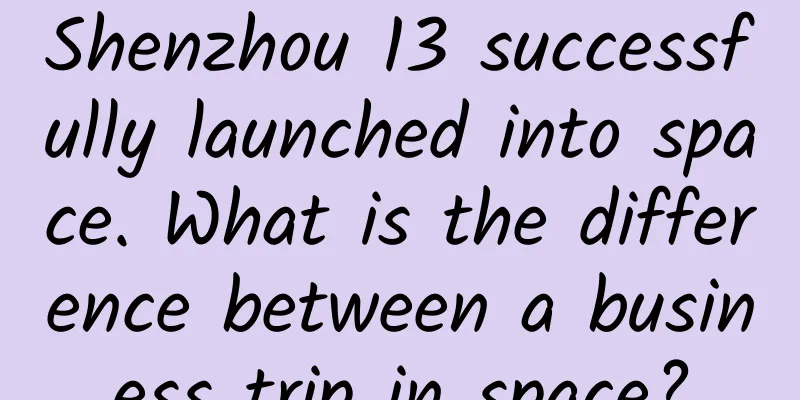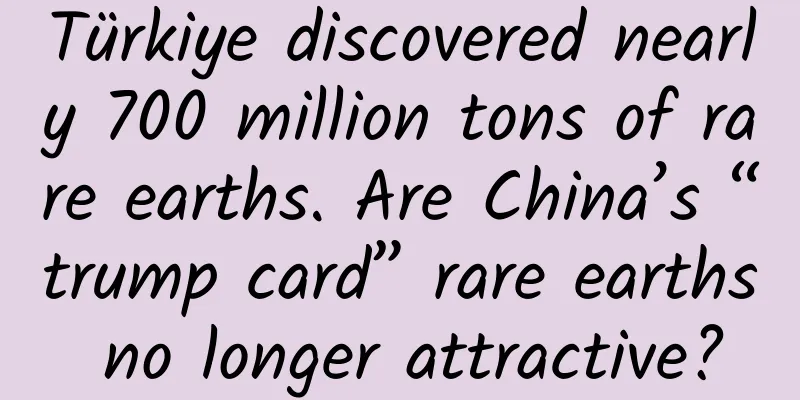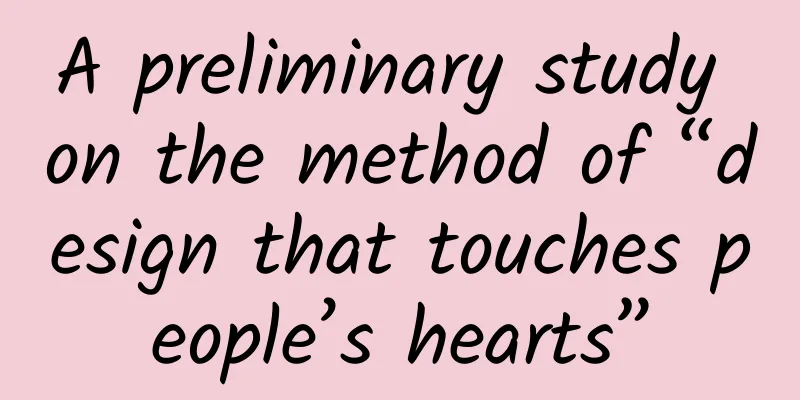The Great Navigation 丨 "The Great Ming Unified Map": The world is so big, come and see it from here

|
The famous historical geographer Mr. Tan Qixiang once said: "The study of geography cannot be understood without maps. Maps often play a greater role in expressing geographical conditions than geographical works." It is for this reason that when Chairman Mao Zedong read "Zizhi Tongjian", he urgently felt the importance of maps in understanding historical facts, and the eight-volume "Atlas of Chinese History" was born. Among many maps, the Great Ming Unified Map is the largest ancient world map drawn by the Chinese in the early years of the Hongwu period of the Ming Dynasty. It is centered on the territory of the Ming Dynasty and also includes Africa and Europe. It has attracted much attention in the field of cartographic history. Portrait of Zhu Yuanzhang, the first emperor of the Ming Dynasty The Great Ming Unified Map is 347 cm long and 453 cm wide. It is painted on silk with bright yellow satin borders on all four sides. The five characters "Great Ming Unified Map" are written in Chinese characters on the top of the map. The original copy of the Great Ming Unified Map is collected by the First Historical Archives of China. In 2007, the First Historical Archives of China provided a copy to the China Maritime Museum, which is placed in the Maritime History Museum as one of the most important collections of the China Maritime Museum for visitors to appreciate. The Great Ming Unified Map in the collection of the China Maritime Museum What types of maps are there in the Ming Dynasty? There are many types of maps in the Ming Dynasty, which can be roughly divided into administrative area maps, nautical maps, coastal defense maps, border defense maps, river defense maps, waterway maps, historical evolution maps, city maps, trade route maps, etc. A section of the General Map of the Ming Dynasty How broad is the geographical scope of “The Great Ming Unified Map”? As for the internal part, the "Great Ming Unified Map" has the nature of a national map in the administrative division map, and is one of the most representative maps of the Ming Dynasty that has been handed down. The map is centered on the territory of the Great Ming Dynasty, with the directions of north at the top, south at the bottom, west on the left, and east on the right. The geographical scope drawn extends to the south of Lake Baikal in the north, Java in the south, Japan and Korea in the east, and the west coast of Africa and Western Europe in the west. There are thousands of prefectures and counties marked in the territory, and mountains, rivers and streams are also included. It is an important historical material for future generations to understand the geographical environment of that period. Analysis of the Geographical Scope of "Da Ming Hun Yi Tu" Why are there Manchu characters on Ming Dynasty maps? The place names in the Great Ming Unified Map were originally Chinese characters, but were covered with Manchu labels during the Qing Dynasty, and were marked with long, square, and round labels. For example, most islands in the sea were covered with round labels, and prefectures and counties were covered with rectangular labels. The titles of kings and the two capitals were covered with square labels, with clear layers. As time went by, some Manchu labels gradually fell off, exposing the original Chinese place names. What does “mixed” mean? The word "Hunyi" comes from "Strategies of the Warring States: Chu Strategy 1": "... and if you want to manage the world and unify the princes, it is clear that it cannot be achieved." It means equality or great unification. Since then, the connotation of "Hunyi" has gradually changed with the development of the times, and it can accommodate different countries, nationalities and cultures. Therefore, "Da Ming Hunyi Tu" also has the meaning of a world map of the Ming Dynasty. The mainstream view is that the base map of "Da Ming Hunyi Tu" and "Hunyi Jiangli Lidai Guodu Zhitu" has the same source, and is closely related to Li Zemin's "Shengjiao Guangbei Tu"; it covers a wide area, inherits and displays the geographical knowledge at home and abroad since the Song Dynasty, especially the Yuan Dynasty, and is the result of the integration of Chinese and foreign geographical knowledge. Map of Capitals of Successive Dynasties in the Unified Territory, collected in Honkoji Temple in Nagasaki, Japan A great map beyond cognition! Generally speaking, ancient maps can best show the ancients' unique ideas about their own territory. They are the most important materials for understanding the ancients' ideas about national territory and their concepts. Ancient maps have the intuitiveness that written records lack, and condense more direct spatial experience; exploring the ancients' territorial concepts from ancient maps can avoid the inherent ambiguity of written records. The vast geographical space reflected in the "Great Ming Hunyi Map" completely exceeds the scope of geographical activities of the Ming people in our current cognition. Mr. Yao Dali's research on the two Indias in the map shows that the information outside the region presents not only the outstanding achievements of China's maritime development in successive dynasties, but also the result of the influence of foreign cultures on Chinese culture through various channels such as sea and land, and the result of the Ming people's thinking and integration of the world geographical knowledge they acquired under the historical conditions at that time. References| Tan Qixiang: Preface to Atlas of Ancient China, Wenwu, No. 7, 1987 Liu Ruofang and Wang Qianjin: "Re-exploring the Time of Drawing", Ming History Studies, Vol. 10, 2007 Zhu Jianqiu: A Comparative Study of the Great Ming Unified Map and the Mao Luo Map, in Navigation: Traces of Civilization, edited by Shanghai China Maritime Museum, Shanghai Ancient Books Publishing House, 2011 Ha Enzhong: "The Great Ming Unification Map drawn during the Hongwu Period of the Ming Dynasty", Historical Archives, Issue 03, 2013 Cheng Yinong: Historical Stories, National Library Press, 2017 Lin Meicun: Viewing the Ocean: Conflicts and Exchanges among Civilizations in the Age of Discovery, Shanghai Ancient Books Publishing House, 2018 Yang Yulei: "The Nature and Purpose of Drawing the Great Ming Unified Map", Journal of Jianghai Studies, No. 2, 2019 Yao Dali: "Two Indias in the Great Ming Unified Map", Journal of Fudan University (Social Sciences Edition), No. 1, 2020 |
<<: World's first! Gene-edited pig heart transplanted into human body
>>: "CP" instead of dating? Contemporary young people: It's all dopamine that makes us "high"
Recommend
The giant panda got stuck in the throat, and the keeper Heimlich successfully rescued it! How to save yourself when you are choking on food?
On April 14, in Chengdu, Sichuan, the giant panda...
Bundling wind, solar and thermal power for external transmission? The transformation from transmitting "coal-fired power" to transmitting "green power"
Editor’s Note: Millions of IPs create science pop...
ESA sent a glass of "juice" to Jupiter, or will it reveal the mystery of the "ice moon" there?
Jupiter is the largest planet in the solar system...
How can an APP build a complete user growth system?
A complete user system is like raising a child, w...
The Hangzhou Asian Games flame was successfully collected. You need to know the principle of fire collection using a concave mirror...
On June 15, the flame of the Hangzhou Asian Games...
Photovoltaic, born towards the sun, will be the leader in renewable energy power in 2050!
The 2023 Sixth China International Photovoltaic I...
Let’s go to Linzhi! See the spring flowing out of the world’s deepest canyon
The time is now Under the sharpest and coldest sn...
The folk saying "If there are five trees in the yard, your descendants will always be rich" refers to which trees? What is the reason?
Since ancient times, people have been particularl...
Is it necessary to build giant starships so that humans can fly out of the solar system and into deep space?
Almost all science fiction movies and TV shows de...
Ma Huateng's "prediction" has come true? Scanning code payment will become a thing of the past, and WeChat is also "threatened"
Around 2015, Ma Huateng expressed his concerns ab...
The release of a web drama "Fleeting Time" created Chinese film and television history
Jiu Ye Hui's novel "Fleeting Time" ...
How can coal complete the magnificent transformation from "black" to "white"?
Editor's note: Millions of IPs create science...
Data interpretation: In the post-bonus era, new media’s trend changes and pain point solutions
In an era of rapid information change, mobile Int...
Look up at the sky, why are there transparent "floating objects" in front of you?
Many people have noticed that when they look up a...
Russia's flying electric car starts accepting pre-orders, priced from 500,000 rubles
On June 26, according to Russian media reports, th...









